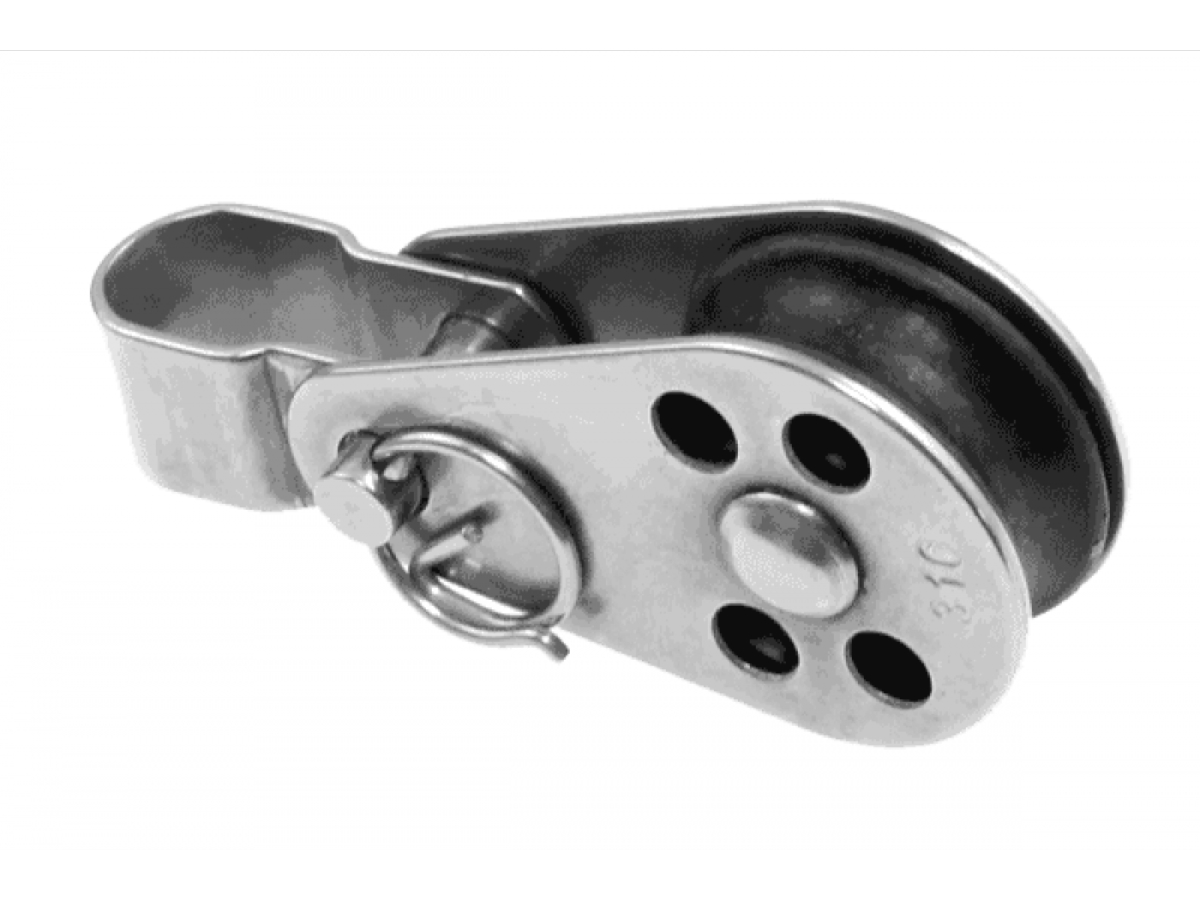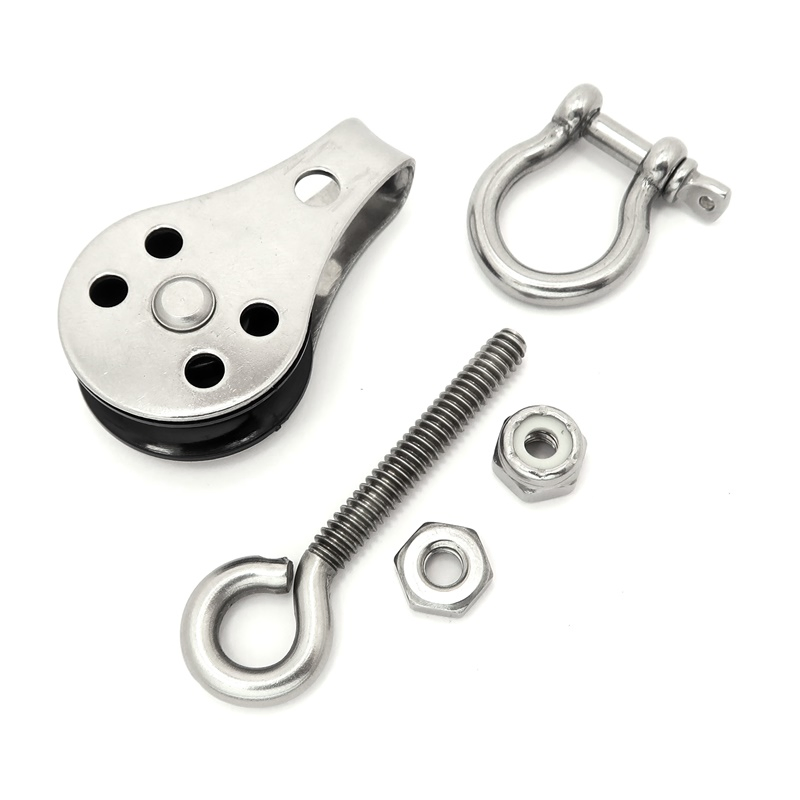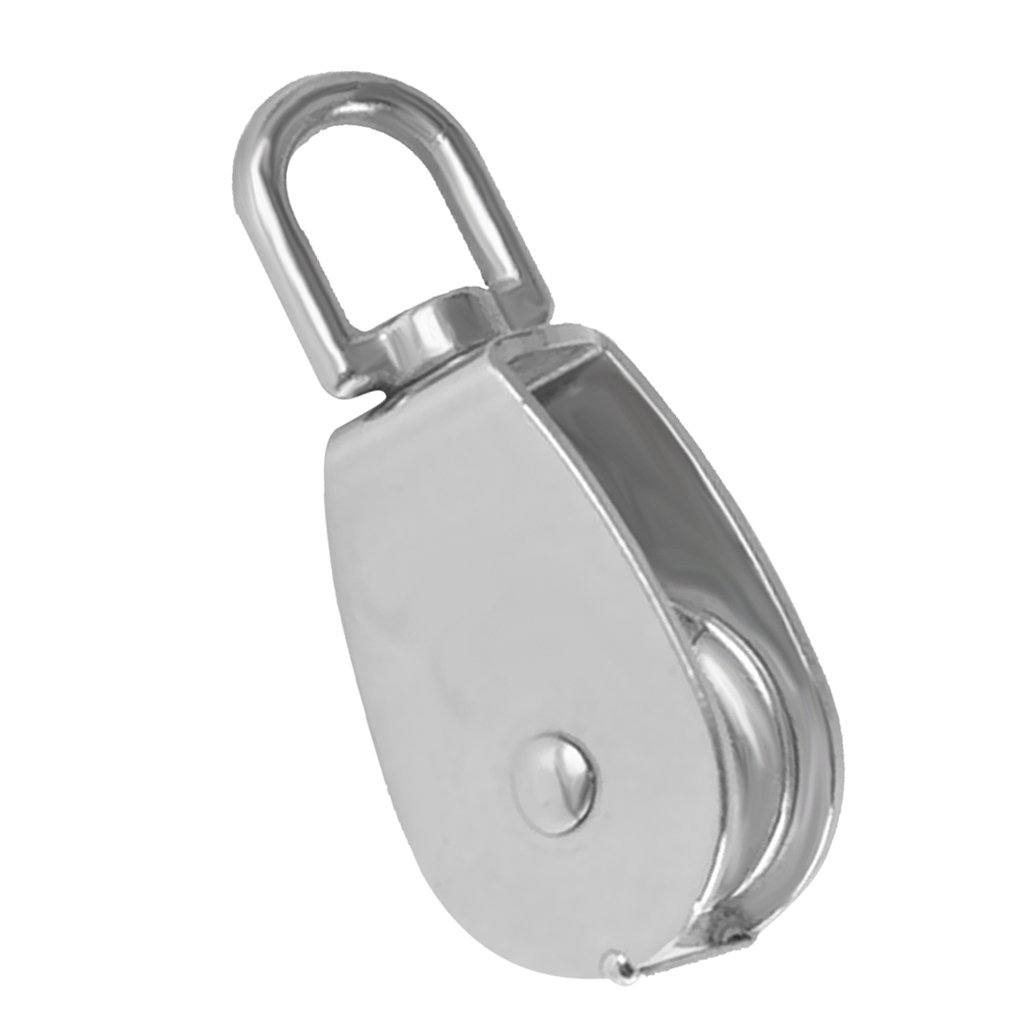Product Description
Brief Introduction:
ZLT Pump, with its factory HangZhou CHINAMFG Machinery Manufacturing Co,. Ltd, a casting foundry in China. The products includes centrifugal pumps, slurry pumps, chemical process pumps, water pumps. With spare parts impellers, casings, pump bowls, power end, bearings, adapter, shafts and so on. For more info., pls visit: zltgroup
We have spectremeter to control the chemical analysis strictly and CNC machines to control dimension accuracy, and can do hydro test for the casing, our current higher pressure is 1500 PSI. These advanced machines enable the high quality of products released from our factory.
We are certified as Top A Grade company in China Customs, which means the highest reputation in China about the quality and service when export. If some country has agreement with China, when customer import from ZLT, they will have green channel when do importing process, and finish all procedures quickly.
No business is large or small for us. When you need any pump parts, welcome to contact us.
Product Info.
| Product | Customized Stainless Steel Precision Casting Part CNC Machining Belt Pulley |
| Material | SS316, SS304, CD4,Tianium |
| Manufacturing process | Lost Wax Castings |
| Certificate | GB/T 19001-2008/ ISO 9001:2008 |
| Weight range | Few grams to 100 kgs |
| Payment terms | T/T, L/C |
| Export port | HangZhou |
| Referece | 2D/3D, 100% as per drawings |
Processing
| Process | Material | |
| Investment casting | Solidium Silcone(water glas) | Stainless Steel, Carbon Steel, Special Alloy Steel Bronze, Brass |
| Silica Sol | ||
| Sand casting | Green Sand | Grey Iron, Ductile Iron, Malleable Iron, Stanless Steel, Carbon, Steel, Brass, Bronze |
| Resin Sand | ||
| Forging | Hammer Forging | Stainless Steel, Carbon Steel, Alloy Streel, Brass |
| Die Forging | ||
| Roll Forging | ||
| Machining | CNC Lathe,CNC cutting | All material |
| Stamping | Stamping | All material |
Craft:
Machining and testing:
Certificate:
Exhibition:
Package:
1.Generally use poly wooden crates for package.
2.For the very big part, use welding steel crate. The size and steel thickness is according to the product dimension and weight.
3.Large size and large quantity part, put into container directly.
4.We also consider customers’ special needs for packing.
Contacts:
HangZhou CHINAMFG International Trade Co., Ltd
HangZhou CHINAMFG Machinery Manufacturing Co.,Ltd
Add: No.7 HangZhou Road, HangZhou, ZheJiang , China
| Condition: | New |
|---|---|
| Certification: | CE, RoHS, GS, ISO9001 |
| Standard: | DIN, ASTM, GOST, GB, JIS, ANSI, BS |
| Customized: | Customized |
| Material: | Stainless Steel |
| Application: | Metal Recycling Machine, Metal Cutting Machine, Metal Straightening Machinery, Metal Spinning Machinery, Metal Processing Machinery Parts, Metal forging Machinery, Metal Engraving Machinery, Metal Drawing Machinery, Metal Coating Machinery, Metal Casting Machinery |
| Samples: |
US$ 10/Piece
1 Piece(Min.Order) | |
|---|
| Customization: |
Available
| Customized Request |
|---|

Can stainless pulleys be retrofitted into existing systems for performance enhancements?
Yes, stainless pulleys can be retrofitted into existing systems to achieve performance enhancements. Here’s how:
- Compatibility Assessment: Evaluate the compatibility of stainless pulleys with the existing system. Consider factors such as pulley size, shaft diameter, groove dimensions, and belt or rope type. Ensure that the stainless pulleys can be seamlessly integrated into the system without compromising its overall functionality.
- Performance Analysis: Identify the performance goals or areas of improvement in the existing system. This could include increasing power transmission efficiency, reducing friction or wear, enhancing corrosion resistance, or meeting specific industry requirements. Determine how stainless pulleys can address these performance objectives.
- Proper Sizing and Design: Select the appropriate stainless pulleys based on the system’s requirements and performance goals. Consider factors such as pulley size, groove shape, and materials. Ensure that the new pulleys are properly sized and designed to optimize the system’s performance.
- Installation and Alignment: Follow proper installation procedures when retrofitting stainless pulleys. Ensure that the pulleys are aligned correctly with other system components such as belts, ropes, or shafts. Proper alignment minimizes misalignment-related issues, reduces wear, and maximizes power transmission efficiency.
- Maintenance Considerations: Evaluate any changes in maintenance requirements after retrofitting stainless pulleys. Stainless pulleys may have different maintenance needs compared to the previous pulleys. Ensure that maintenance schedules and procedures are adjusted accordingly to maximize the benefits of the new pulleys.
- System Testing and Validation: After retrofitting the stainless pulleys, conduct thorough testing and validation to ensure that the performance enhancements are achieved. Monitor factors such as power transmission efficiency, system vibration, noise levels, and overall system functionality. Make any necessary adjustments or fine-tuning to optimize the system’s performance.
- Expert Consultation: If needed, consult with pulley manufacturers, engineers, or industry experts during the retrofitting process. They can provide valuable guidance and expertise in selecting the right stainless pulleys, ensuring compatibility, and optimizing the system’s performance.
By carefully assessing compatibility, identifying performance goals, selecting the appropriate stainless pulleys, ensuring proper installation and alignment, considering maintenance adjustments, conducting thorough testing, and seeking expert advice when necessary, existing systems can be retrofitted with stainless pulleys to achieve performance enhancements.

What maintenance procedures are necessary to ensure the longevity of stainless pulleys?
To ensure the longevity of stainless pulleys, proper maintenance procedures should be followed. Here are some essential maintenance steps:
- Regular Cleaning: Stainless pulleys should be regularly cleaned to remove dirt, debris, and contaminants that can accumulate on the surfaces. Clean the pulleys using mild detergent solutions or specialized stainless steel cleaners, followed by rinsing with clean water and drying thoroughly.
- Inspection: Regularly inspect the pulleys for any signs of wear, damage, or misalignment. Check for cracks, corrosion, or excessive play in the bearings. Address any issues promptly to prevent further damage and ensure smooth operation.
- Lubrication: Lubricate the pulley bearings as per the manufacturer’s recommendations. Use high-quality lubricants suitable for stainless steel bearings to reduce friction and ensure proper functioning. Avoid over-lubrication, as it can attract dirt and contaminants.
- Tension Adjustment: Check and maintain the proper belt or rope tension on the pulleys. Incorrect tension can lead to excessive wear, slippage, and reduced performance. Follow the recommended tension guidelines provided by the equipment manufacturer.
- Protection from Corrosive Environments: If the stainless pulleys are exposed to corrosive environments, such as high humidity, chemicals, or saltwater, take additional measures to protect them. Apply appropriate corrosion-resistant coatings or consider using pulleys made from higher-grade stainless steel alloys.
- Replacement of Worn Parts: Over time, pulley components such as bearings or belts may wear out and require replacement. Monitor the condition of these parts and replace them when necessary to maintain optimal performance and prevent further damage to the pulleys.
- Proper Storage: If the pulleys are not in use for an extended period, store them in a clean and dry environment to prevent corrosion or damage. Apply a light coat of oil or use protective covers to keep them in good condition.
Following these maintenance procedures will help ensure the longevity and reliable performance of stainless pulleys. Regular cleaning, inspection, lubrication, tension adjustment, protection from corrosive environments, timely replacement of worn parts, and proper storage practices contribute to the pulleys’ durability and effective operation over time.

Can you explain the advantages of using stainless steel in pulley construction?
Using stainless steel in pulley construction offers several advantages due to its unique properties. Here are the key advantages of using stainless steel:
- Corrosion Resistance: Stainless steel is highly resistant to corrosion, making it suitable for pulley applications in corrosive environments. The presence of chromium in stainless steel forms a protective oxide layer on the surface, preventing rust and corrosion. This resistance to corrosion ensures the longevity and durability of the pulleys, even in harsh conditions.
- Strength and Durability: Stainless steel pulleys are known for their strength and durability. Stainless steel has excellent mechanical properties, allowing the pulleys to withstand heavy loads, high speeds, and repetitive use without deformation or failure. This strength and durability make stainless steel pulleys ideal for demanding applications that require reliable performance.
- Temperature Resistance: Stainless steel pulleys exhibit excellent temperature resistance. They can operate effectively in both high and low temperature environments without losing their mechanical properties. This makes stainless steel pulleys suitable for applications that involve extreme temperatures, such as in industrial ovens, freezers, or heat treatment processes.
- Hygienic Properties: Stainless steel is a hygienic material, making it ideal for pulleys used in industries with strict sanitary requirements, such as food processing or pharmaceutical manufacturing. Stainless steel has a non-porous surface that is easy to clean and resistant to bacterial growth. This ensures the integrity and cleanliness of the pulleys, contributing to a hygienic and safe production environment.
- Chemical Resistance: Stainless steel pulleys offer good resistance to various chemicals, including acids, alkalis, and solvents. This chemical resistance makes them suitable for applications where exposure to corrosive substances is common, such as in chemical processing plants or wastewater treatment facilities. Stainless steel pulleys can maintain their performance and integrity even in the presence of aggressive chemicals.
- Aesthetic Appeal: Stainless steel pulleys have an attractive and polished appearance. The smooth and shiny surface of stainless steel adds an aesthetic appeal to the pulleys, making them suitable for applications where visual appearance matters, such as architectural or decorative installations.
In summary, using stainless steel in pulley construction provides advantages such as corrosion resistance, strength and durability, temperature resistance, hygienic properties, chemical resistance, and aesthetic appeal. These advantages make stainless steel pulleys a reliable and versatile choice for various industries and applications.


editor by CX
2023-09-27